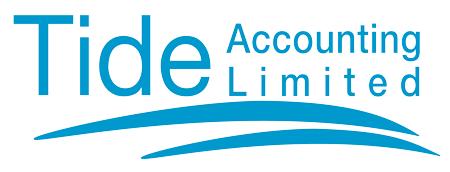The freezing of tax thresholds often leads to a phenomenon known as fiscal drag. When tax thresholds remain unchanged, taxpayers will likely pay more tax as their earnings rise without a corresponding increase in allowances. As a result, more people are “dragged” into higher tax brackets or into paying tax for the first time. This process effectively acts as a stealth tax.
While fiscal drag is not uncommon, its impact depends on three key factors, the government setting of thresholds and allowances, inflation and wage growth.
How thresholds are determined is critical, especially in periods of high inflation.
Adjusting thresholds in line with inflation or another index is referred to as "indexation." The government’s policy of increasing certain thresholds annually based on inflation is known as "uprating." However, this policy is not always implemented. When thresholds are frozen, tax revenues increase for HM Treasury without any corresponding rise in tax rates.

